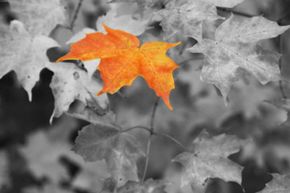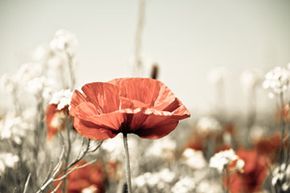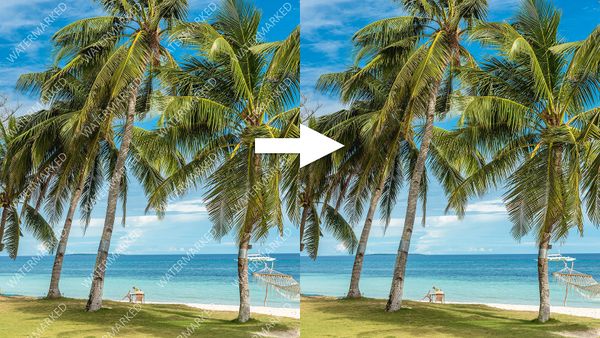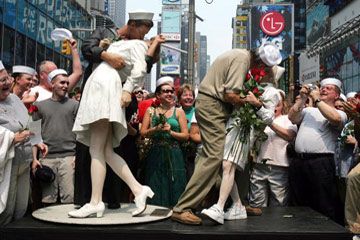Think about how many times you've flipped through a magazine and seen it: a black-and-white image spread across the page, with a bold splash of color highlighting part of the scene. Maybe it's the blue eyes of a model, or the bright plumage of a bird as it wings across the page, but that simple break from the monochrome background draws your eye and captures your attention.
The use of color accents in a black-and-white photograph is an old technique — older, in fact, than color photography. (Originally, the color was painted onto photographic prints.) The trick goes in and out of vogue with advertisers, but peruse any magazine rack long enough and you're almost guaranteed to find at least one example. And although this special effect is most often found in professional photography, modern photo editing software puts it within easy reach of any interested amateur.
Advertisement
But in an era when color photography can capture the most subtle shades nature throws at us, why does black-and-white photography still hold such sway? Part of the answer has to do with how we're wired to process visual information. Color is a powerful force for driving our focus — the hunter-gatherer instincts that helped us spot animals hiding in the bush now draw us to pick out the color that doesn't seem to belong in a scene. Take away the color from even a familiar image, however, and our minds are thrown for a perceptual loop. We may impose remembered hues on an object seen in black-and-white, but we're also likely to become much more aware of the texture, patterns and shading in the image. These attributes would still be there in a color photo, but they take front-and-center in black-and-white.
Adding a selective splash of color to a black-and-white image leverages the most powerful features of both black-and-white and color photography. The color provides striking contrast that immediately draws your eye to the colorized subject — most often the main focal point of the photo. You instinctively scan the rest of the picture and pick up on the emphasized pattern and texture play against the color contrast, causing a truly enhanced viewing experience [sources: Morton; Ghodke].
For such a complex effect, it's an easy one to achieve with modern editing software. The specific process for the program you use may vary slightly, but the instructions on the next two pages will give you a big head start toward learning to add color accents to black-and-white photos.
Advertisement



